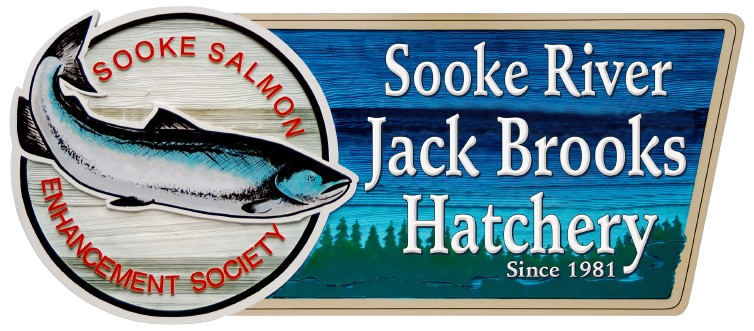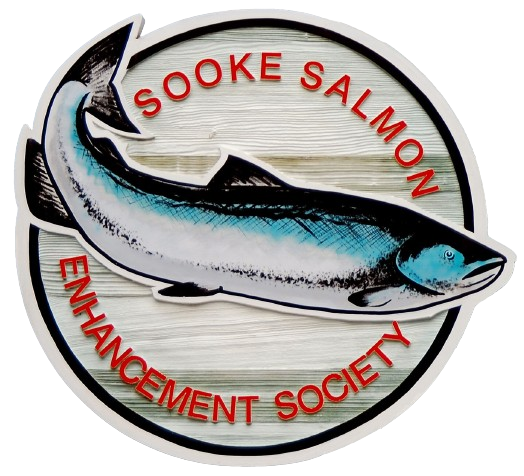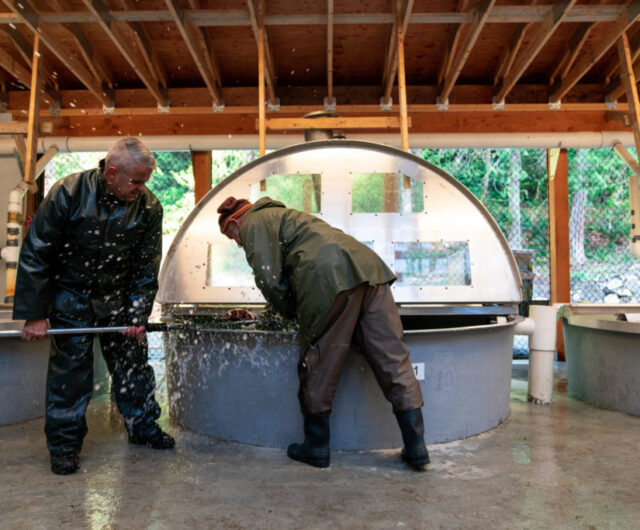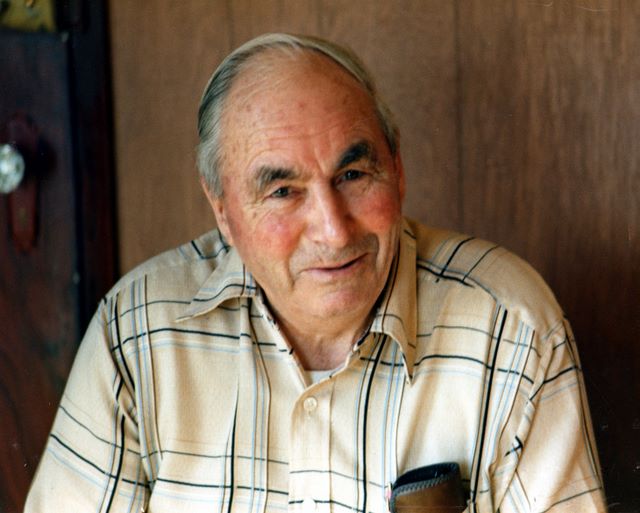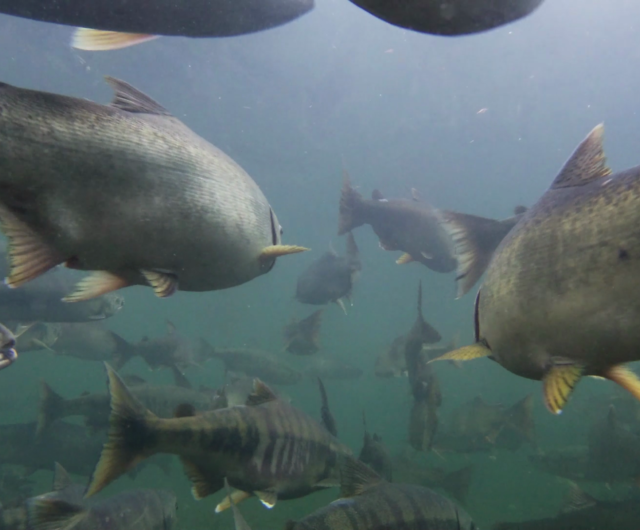To Date We Have Released Approximately 23,000,000 fish!
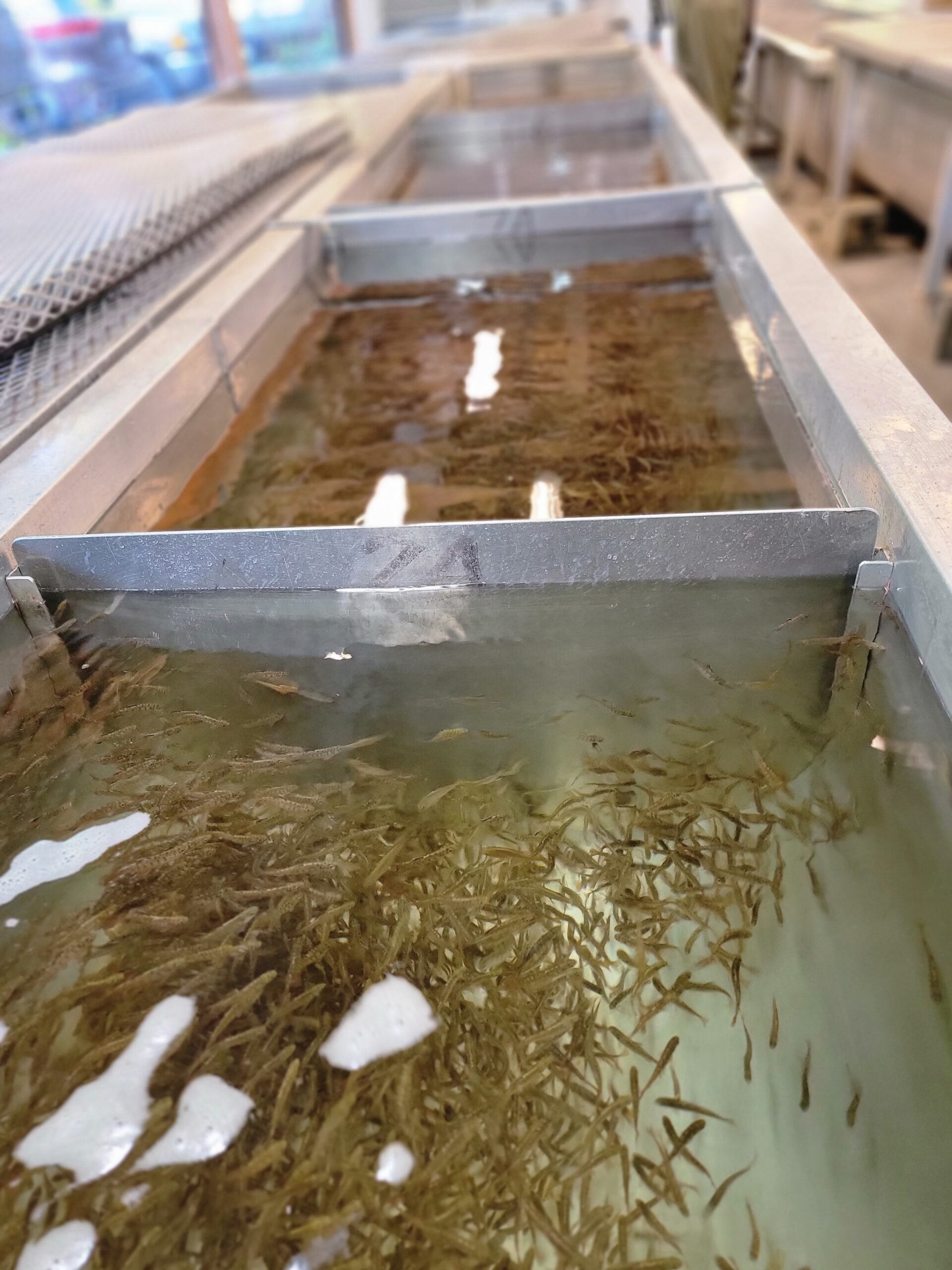


To Date We Have Released Approximately 200,000,000 fish!

Egg Stage
Egg Stage
Adult female Chinook salmon deposit eggs in gravel nests called redds in rivers and streams, which are then fertilized by males
Alevin Stage
Alevin Stage
After hatching, the salmon remain in the gravel as alevins, nourished by the yolk sac
Fry Stage
Fry Stage
As alevins emerge, they become fry, seeking shelter in riverbeds and feeding on small invertebrates
Smolt Stage
Smolt Stage
Juvenile salmon undergo physiological changes to adapt to saltwater. They migrate downstream to estuaries, and eventually into the ocean
Adult Stage
Adult Stage
Salmon spend several years maturing in the ocean until they are ready to spawn. They then return to freshwater where they were born for spawning, completing the life cycle
The Sooke River Jack Brooks Hatchery was featured in an article in BC...
The very existence of the Sooke Salmon Enhancement Society and the sus...
Dive into the fascinating world beneath the surface of the waters as w...
